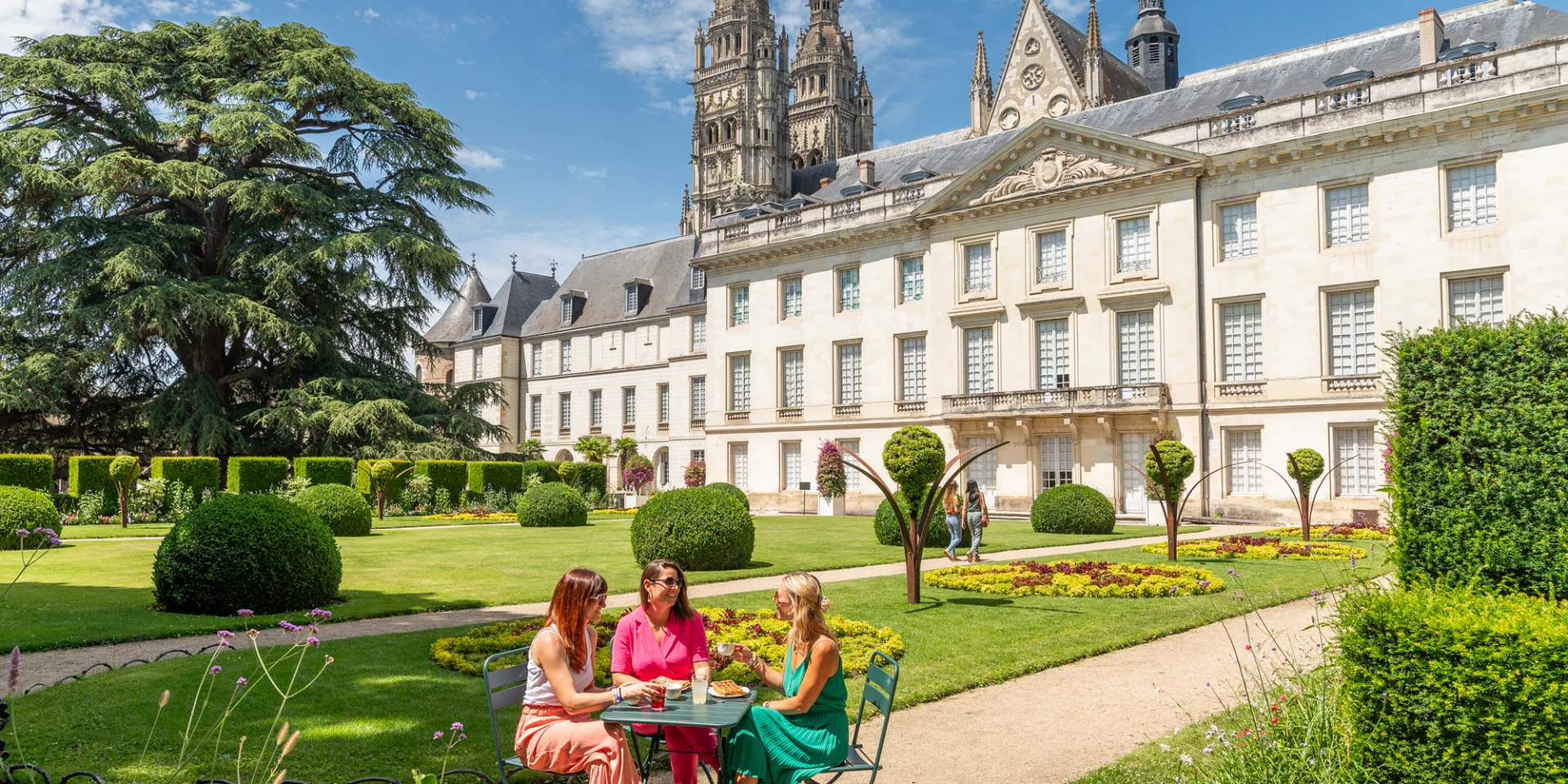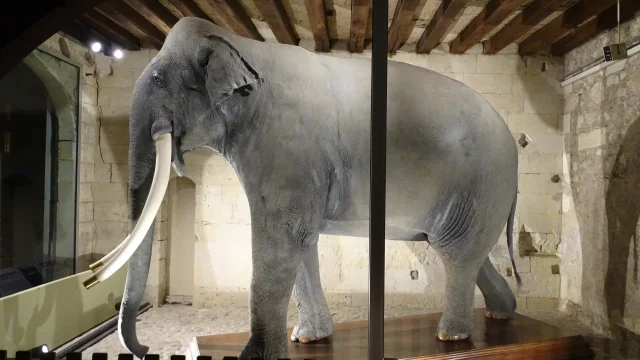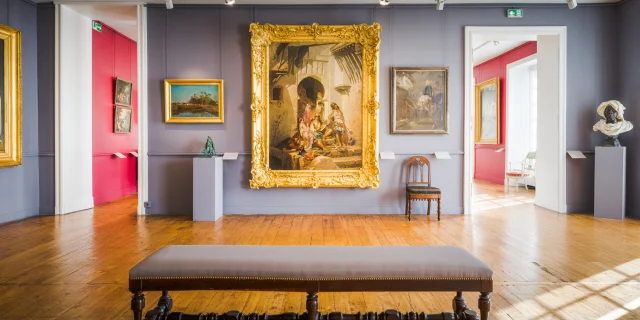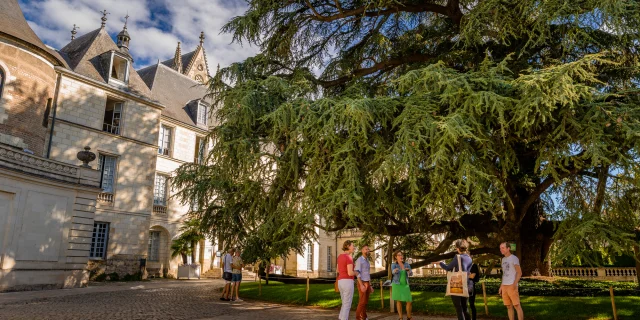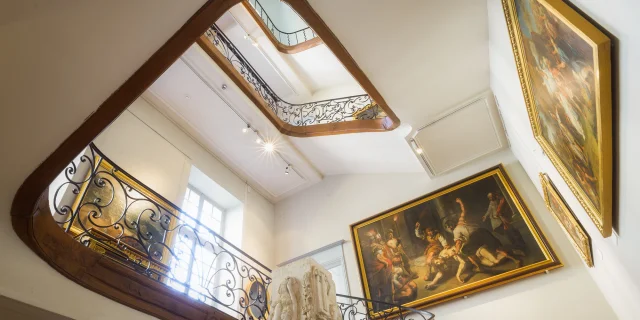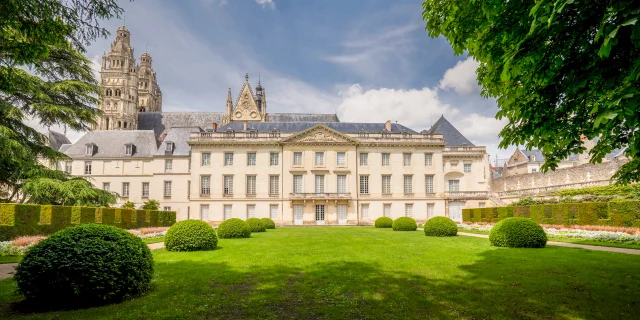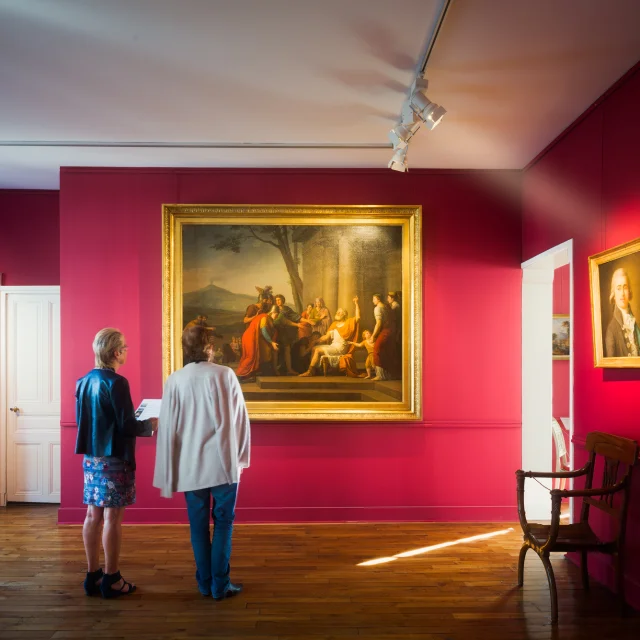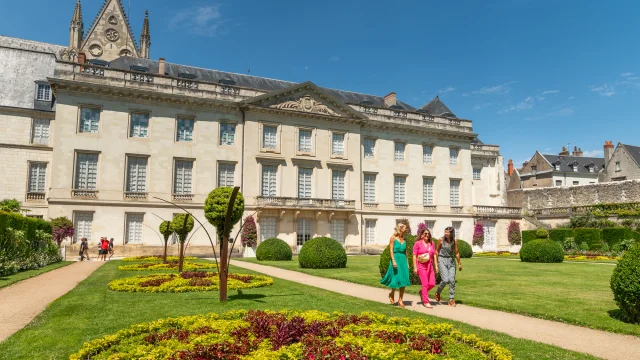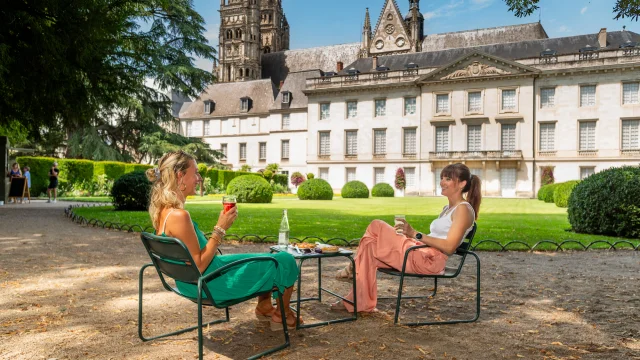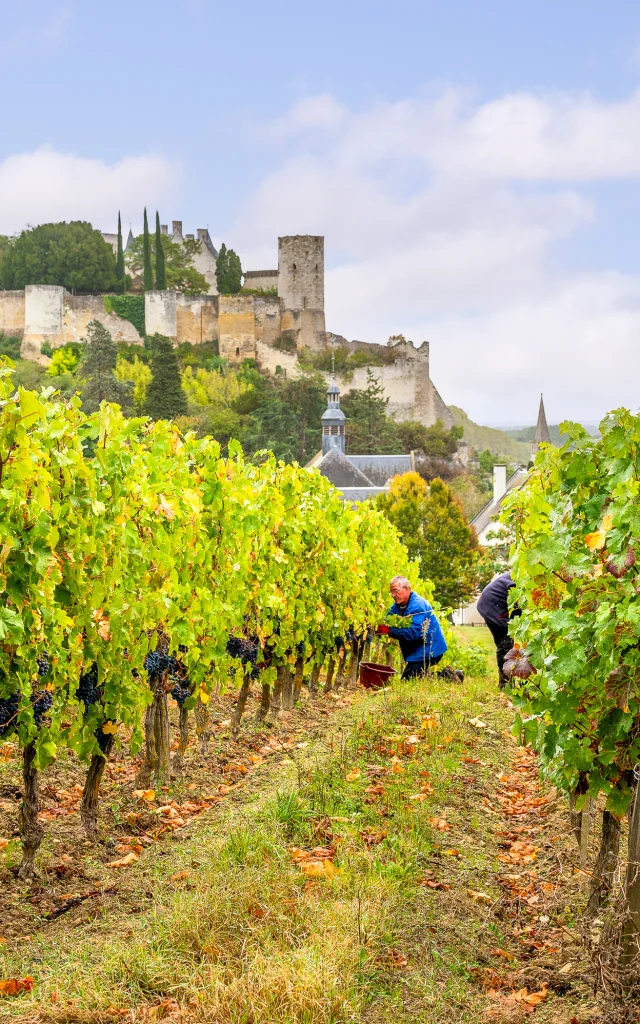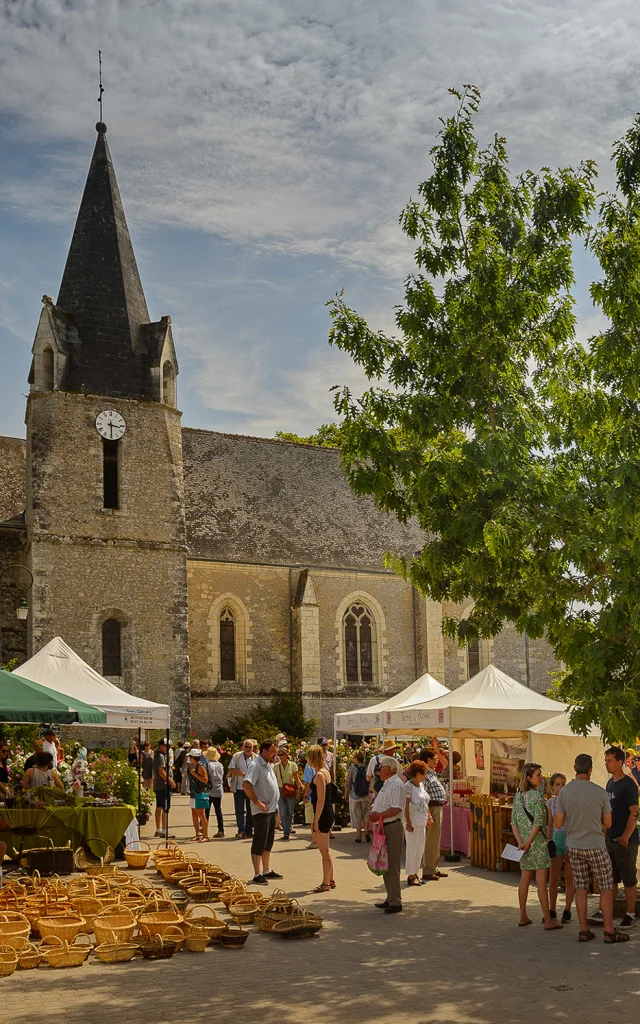The former archbishops’ palace: a historic monument
Remember time as you cross the threshold of this episcopal palace, whose majestic silhouette stands on the remains of the 4th-century Gallo-Roman rampart. The first bishops chose this strategic location, in the shadow of the cathedral, to build their residence, which has stood the test of time.
Watch the splendid salle des États généraux, a witness to the great hours of French history, where the assemblies of 1468 and 1484 met. In the 18th century, Monseigneur Rosset de Fleury completed the ensemble with an elegant main building with a pediment, its terraces harmoniously following the curve of the ancient Roman amphitheatre.
.
The majestic courtyard and its cedar of Lebanon
At the heart of the former palace, a plant giant welcomes you: the famous cedar of Lebanon, planted in 1804 under Napoleon I. Its impressive dimensions – 31 metres high and a span of 33 metres – make it one of the most remarkable in Europe. Designated a “Remarkable Tree of France” in 2001, this verdant patriarch spreads its branches over almost 800 m².
Under its benevolent shade, the courtyard of honour becomes a haven of peace where nature and architecture converse harmoniously. Visitors from all over the world stop by, fascinated by its magisterial silhouette, which seems to have been watching over the works of art for more than two centuries.
